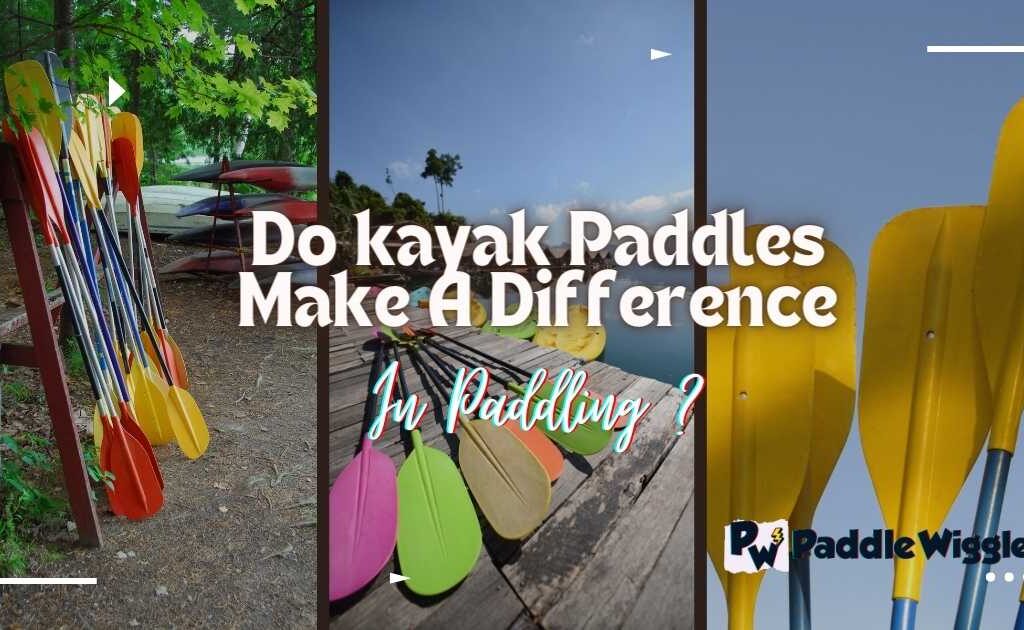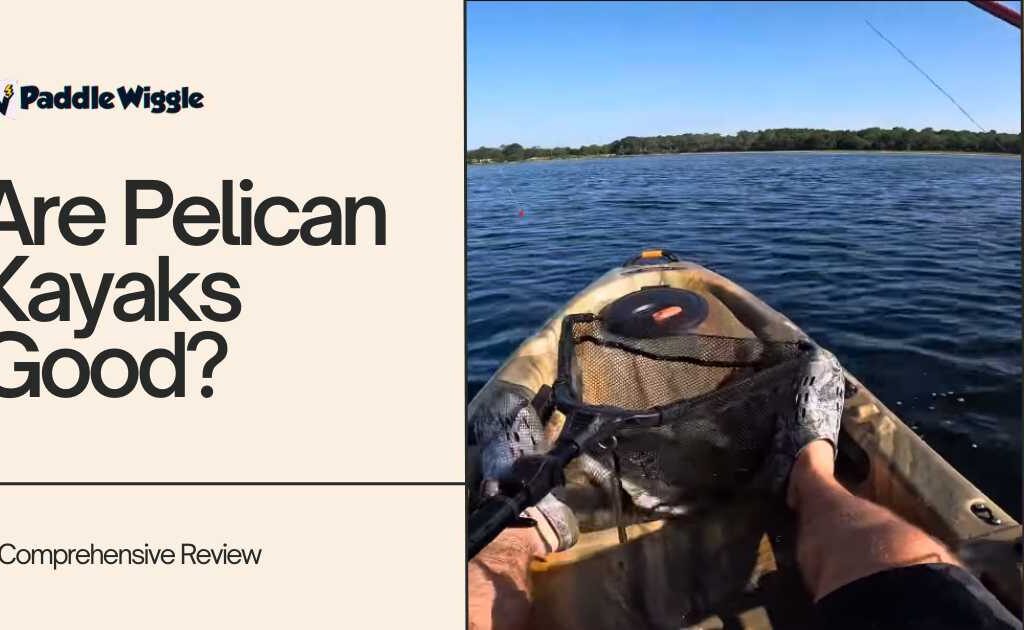Kayaking with orcas is an amazing experience that leaves outdoor enthusiasts in complete awe. Being in close proximity to one of the ocean’s top predators is an exhilarating prospect that can leave one breathless with excitement.
But is it safe to kayak with orcas? Yes, it is safe to kayak with orcas as long as you understand their behaviors and know what to do. After all, these massive creatures have the potential to be dangerous and hazardous. Yet, it is truly astonishing that this rarely happens.
Orcas are curious by nature, and they have a strong sense of social interaction. Most of the time, orcas approach kayaks out of curiosity.
Now, let’s delve into the guide.
Contents
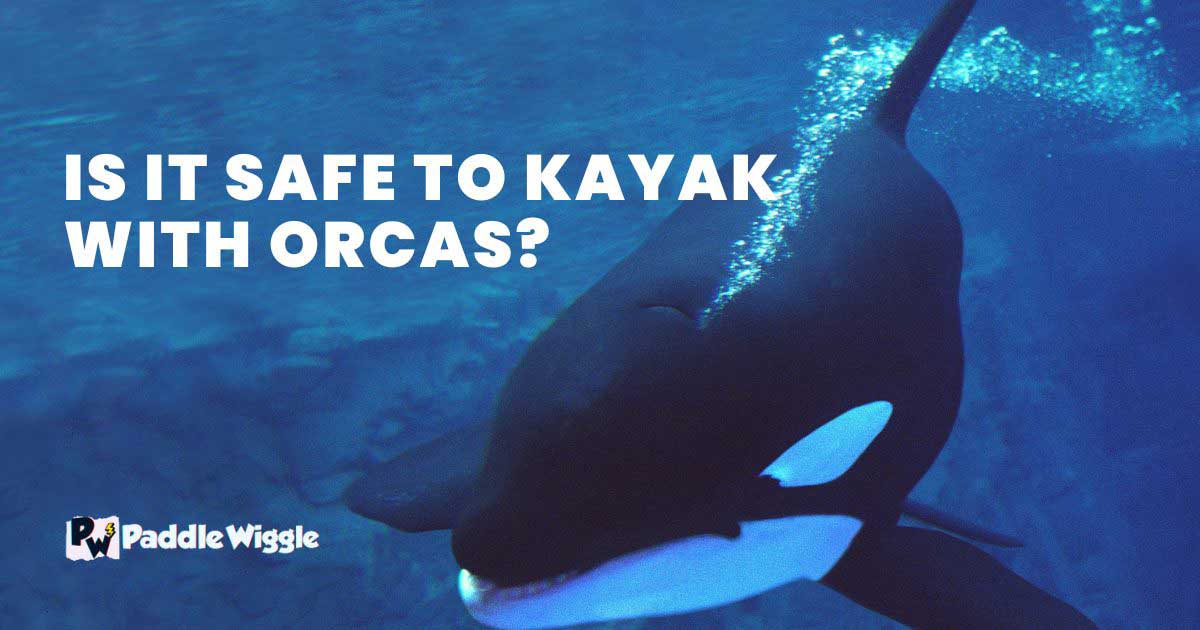

Understanding Orcas
Orcas are highly social animals that live in matrilineal pods consisting of up to 40 members. They are known for their complex vocalizations. This includes whistles, clicks, pulsed calls, and more. They use these vocalizations for communication and echolocation, so they can navigate and find prey.
Matrilineal kinship is the foundation of orcas’ social structure. And the eldest female in a pod leads the group. This strong social bond within the pod allows members to stay together for their entire lives and pass on knowledge to younger generations.
They are also known for their hunting behavior. They hunt a variety of prey, including fish and squid, seals, and even other whales! Orcas hunt in different ways, like herding prey into tight groups or coordinating attacks. These hunting strategies require a high level of cooperation and communication between pod members. Also, this illustrates the complexity of their social structures.
Anatomy and Physical Characteristics of Orcas
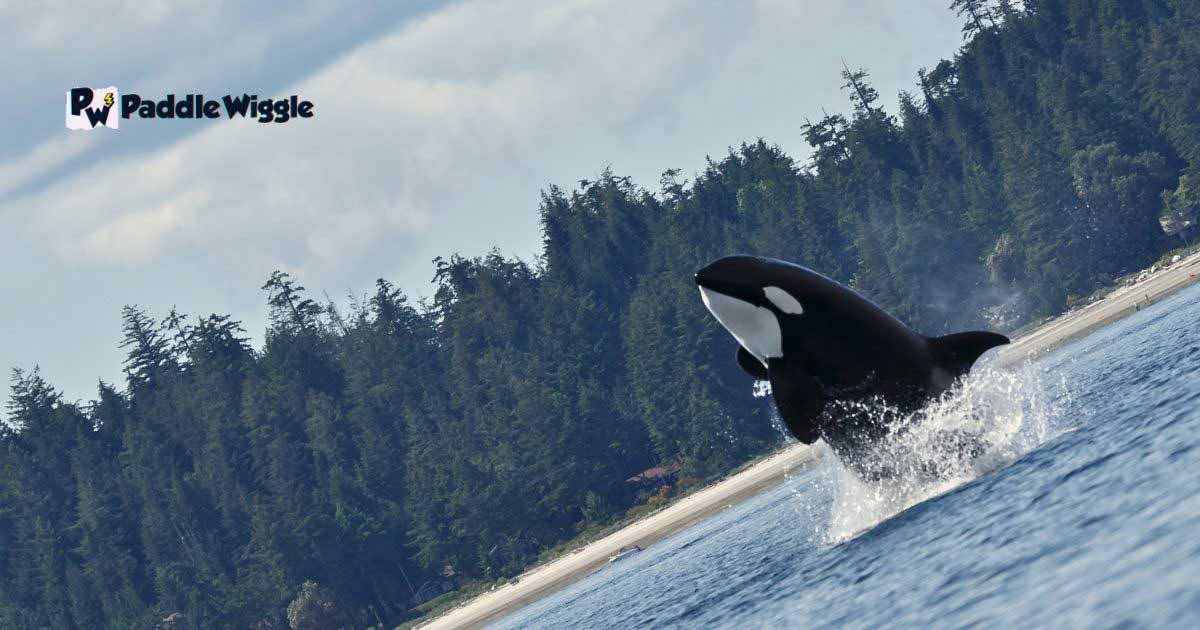

Orcas are the largest members of the dolphin family, with adult males reaching lengths of up to 30 feet and weighing up to 6 tons. They have a distinct black and white coloration, with a white underside and black dorsal side. This coloring is thought to aid in camouflage, making it harder for prey to detect orcas from below or above.
According to Whale and Dolphin Conservation, the markings on an orca’s dorsal fin are unique to each individual, making them easy to identify.
Orcas have a number of adaptations that make them highly effective hunters. They have a streamlined body shape and a powerful tail fluke that enables them to swim at speeds of up to 30 miles per hour. They also have sharp teeth and a strong jaw that can exert a force of up to 19,000 pounds per square inch. This enables them to catch and consume prey with ease. In addition, orcas have large brains relative to their body size, making them highly intelligent animals.
Orcas Behaviors Towards Kayakers
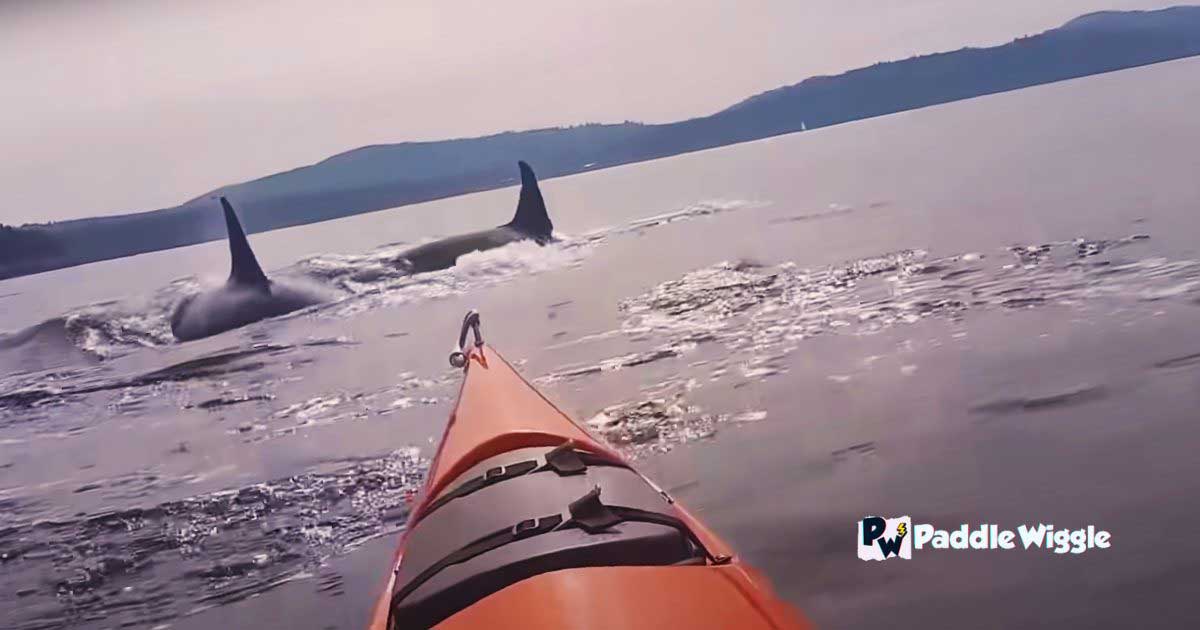

Orcas are social creatures that live in matrilineal pods, which can include up to 40 members. These fascinating animals communicate using complex vocalizations for navigation and locating prey. National Geographic says they used to travel 40 miles per day.
Despite being apex predators, orcas are not generally aggressive toward kayakers. And it’s been observed that they approach them out of curiosity. In order to have a successful and safe experience, it’s crucial to take the right safety measures. Remember to avoid sudden movements and keep a safe distance.
While rare, orcas have attacked kayaks in the past. And it demonstrates the unpredictability of wild animal encounters.
In 2019, kayakers off the coast of Alaska encountered a pod of orcas that repeatedly rammed their kayaks. Also, in 2018, an orca attacked a kayaker off the coast of New Zealand and tossed her into the water.
Based on Whale and Dolphin Conservation Society statistics, 33 orcas have attacked kayaks and boats since 1993. Of these, 25 involved boats, and 8 involved kayaks. Although these numbers are low, it’s important to treat wild animals with respect and caution.
Potential Risks Associated with Kayaking with Orcas
You may want to think twice before getting too close to orcas while kayaking. These marine mammals, also known as killer whales, are impressive creatures. But they are also large and powerful. A sudden movement or noise could startle an orca, leading to an unintentional collision with a kayak. Even with their friendly reputations, orcas are still formidable predators that can inflict serious harm if provoked.
Additionally, kayakers may unintentionally interfere with orcas’ natural behavior. And this could lead to aggression or defensive behavior. These are highly intelligent, social animals with complicated communication and social structures. So respect their space and boundaries.
Another risk to consider is the unpredictability of orca behavior. These animals may approach kayaks out of curiosity, but they may also exhibit aggressive or defensive behavior. It’s important for kayakers to be aware of the body language and vocalizations of the orcas and to take appropriate action if necessary. It’s always better to err on the side of caution and give these magnificent creatures plenty of space.
Instances of Orcas Attacking Kayaks
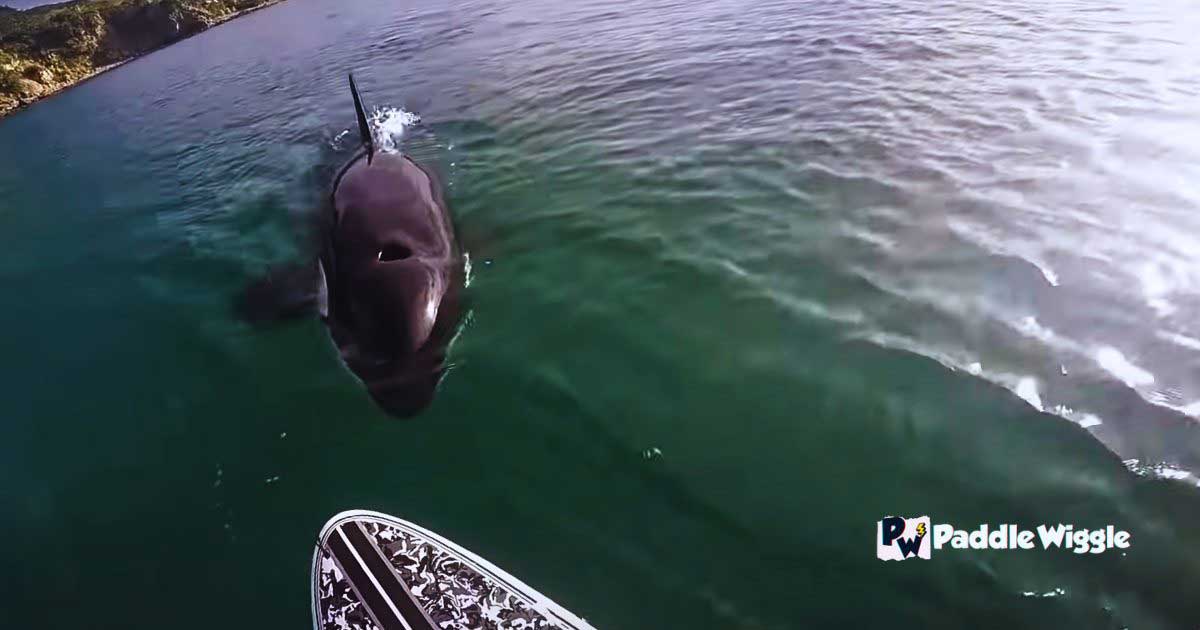

While orcas are generally considered to be non-aggressive towards kayakers, there have been instances where orcas have attacked kayaks. One such instance occurred in 2020 when a group of kayakers off the coast of Spain were surrounded by a pod of orcas.
According to The Guardian, the orcas began ramming the kayaks, causing one of them to capsize. The kayakers were eventually rescued by a nearby boat, but the incident left them shaken and injured.
Another incident occurred in 2018 when a group of kayakers in British Columbia were chased by a pod of orcas. According to CBC News, the orcas circled the kayaks and bumped into them, causing the kayakers to fear for their safety. The incident lasted for several minutes before the orcas eventually swam away.
Statistics Related to Orcas Attacks
While instances of orcas attacking kayaks are rare, it is important to understand the potential risks involved. According to data compiled by the Orca Project, there have been 33 documented instances of orcas attacking boats or kayaks since 1991. Of those instances, 26 involved boats, and 7 involved kayaks. While these numbers may seem low, it is important to remember that orcas are large and powerful animals. And even a little aggression can be dangerous.
Regulations for Kayaking with Orcas
Regulations for kayaking with orcas vary by region, and it is important for kayakers to research and follow these regulations to avoid penalties and promote responsible behavior towards wildlife.
In the United States, the National Oceanic and Atmospheric Administration (NOAA) has established regulations for kayaking with orcas. These regulations require kayakers to stay at least 200 yards away from killer whales.
In addition, kayakers must not position themselves in orcas’ paths or disrupt their natural behavior in any way. Violations of these regulations can result in fines of up to $11,000.
There are similar regulations in Canada, where kayaking with orcas is a popular activity. In British Columbia, kayakers must maintain a distance of at least 100 meters from orcas. And kayakers should not approach orcas from the front or rear. If you break these rules, you can get fined $100,000 or go to jail for two years. The same rules apply in Norway too.
Final Words
In summary, kayaking with orcas is not for the faint of heart. It’s thrilling, but it’s essential to grasp the possible hazards. Generally, killer whales do not attack kayaks, but they can become unpredictable, which is dangerous. Thus, the best way to kayak with orcas is to keep a safe distance, avoid sudden movements, and be aware of the weather.

